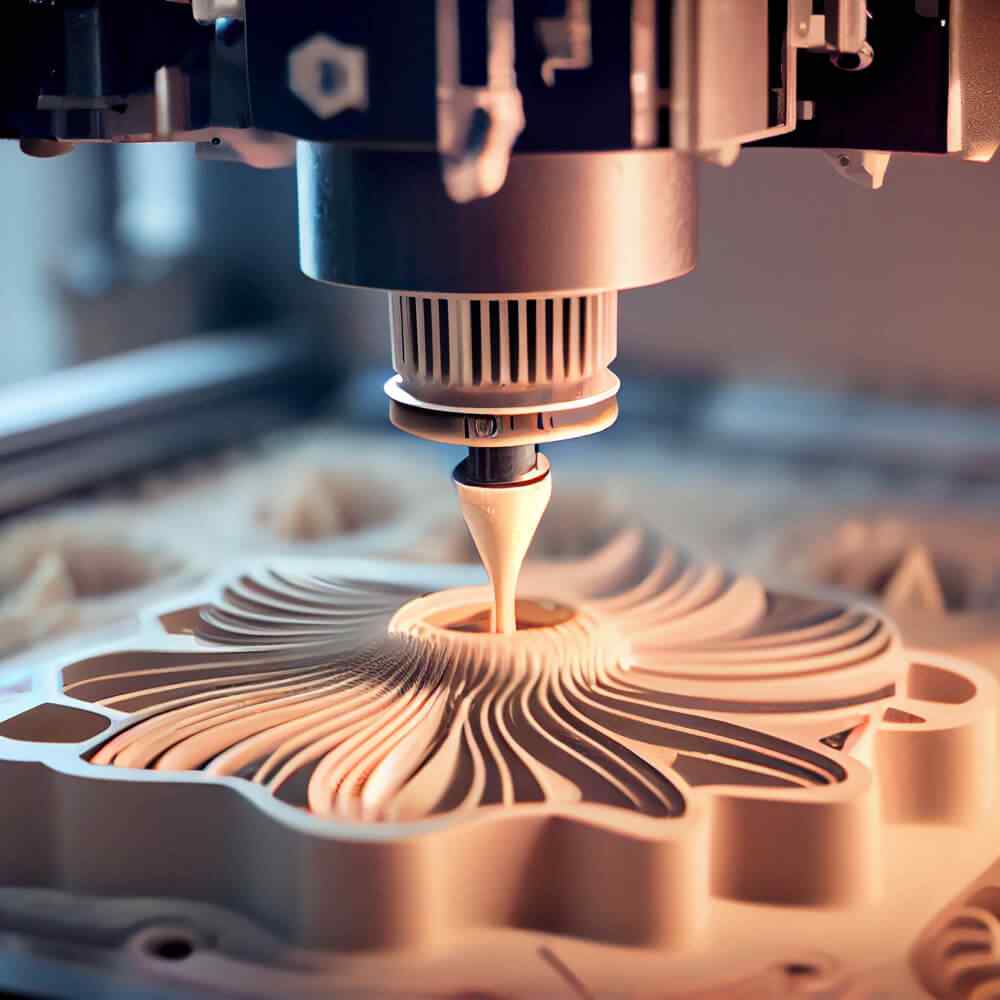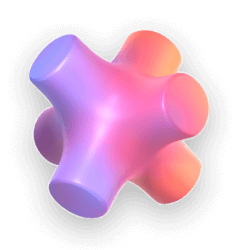AI-Powered Systems for Accurate Part Identification and Tracking: Enhancing Part Logistics in Automotive with AI Image Technology

In the automotive industry, the efficient management of parts and components is crucial for maintaining the speed and quality of service, especially in areas such as repairs, manufacturing, and inventory management. The integration of Artificial Intelligence (AI), particularly through image recognition technology, has revolutionized how automotive parts are identified, tracked, and managed. This comprehensive article explores the application of AI-powered image recognition in automotive part logistics, detailing its implementation, benefits, challenges, and the transformative impact it has on the industry.

Introduction to AI Image Recognition in Automotive Part Logistics
AI image recognition technology uses computer vision and machine learning algorithms to interpret and classify visual information from the physical world. In the context of automotive parts, this technology can identify and catalog parts based on images alone, drastically reducing human error and increasing process efficiency. This capability is particularly transformative in automotive logistics, where precise identification and tracking of numerous parts are required.

Applications of AI in Automotive Part IdentificationAutomated Part Sorting
AI-driven image recognition can automate the sorting process in manufacturing and repair facilities. By recognizing each part, AI systems can automatically sort components based on model, type, and compatibility, thereby streamlining operations.
Challenges in Implementing AI-Powered Image RecognitionHigh Initial Investment
The cost of implementing AI image recognition systems can be significant, especially for small to medium-sized enterprises. The initial investment in technology and training can be a barrier.
Future Directions
The future of AI in automotive part logistics looks toward greater integration with IoT devices and the broader use of augmented reality (AR) for part repair and maintenance. Additionally, as AI technology evolves, systems will become more adept at handling complex recognition tasks, further reducing the need for human intervention.








